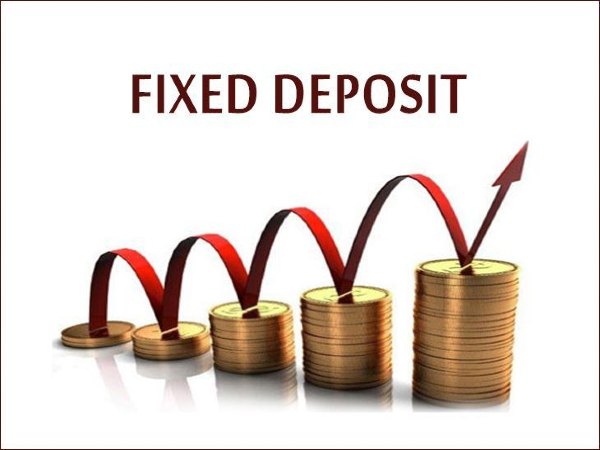CSB Bank Q3 profit surges 89% at ₹53 crore
[ad_1]
Read More/Less
CSB Bank reported an 89 per cent jump in third quarter net profit at ₹53 crore against ₹28 crore in the year-ago quarter on the back of a robust increase in net interest income and non-interest income.
The increase in net profit came despite total provisions, including towards standard advances, shooting up 304 per cent year-on-year (y-o-y) and operating expenses, including staff expenses, increasing by 36.5 per cent y-o-y.
Net interest income (difference between interest earned and interest expended) rose 62 per cent to ₹251 crore (₹155 crore in the year-ago period).
Total non-interest income, including fee-based income, trading income and other income, shot up 130 per cent to ₹117 crore (₹51 crore).
Advances grew 22 per cent y-o-y to stand at ₹13,137 crore as of December-end 2020. This was mainly contributed by 61 per cent rise in gold loans. Gold loans account for 43 per cent of the total advances.
Emphasising that gold loan is the bank’s DNA, BK Divakara, CFO, observed that though the Reserve Bank of India (RBI) allows banks’ LTV (loan to value) ratio of 90 per cent for gold loans, the overall LTV of CSB Bank’s gold loan portfolio is lower 75 per cent.
New retail vertical
CVR Rajendran, Managing Director & CEO, said the new retail vertical with complete product suite and revamped policies will be established shortly. The new SME leadership is also working on volume growth by way of improved sourcing strategy, leveraging of` the branch network and customised product delivery.
“We look forward to building a sustainable business model by focusing more on these two segments apart from the gold loan portfolio,” he added.
Referring to the provisions for standard advances jumping to ₹89.2 crore (against a write-back of ₹1 crore in the year-ago quarter), Rajendran said: “In the context of the withdrawal of the moratorium benefits by the regulator, we decided to be prudent by holding provisions in excess of the regulatory provisions on the stressed assets…We made provisions for unknown knowns.”
Total deposits were up 16.5 per cent y-o-y to ₹17,753 crore as of December-end 2020. The proportion of low-cost current account, savings account deposits increased to 30.4 per cent of total deposits against 28.6 per cent as of December-end 2019.
Net interest margin (net interest income divided by average interest earning assets) improved to 5.17 per cent in the reporting quarter against 3.92 per cent in the year-ago quarter.
Gross non-performing assets (NPAs) as a percentage of advances improved to 1.77 per cent as on December-end 2020 against 3.04 per cent as on September-end 2020.
Net NPA as percentage of advances decreased to 0.68 per cent against 1.30 per cent in the preceding quarter.
[ad_2]




